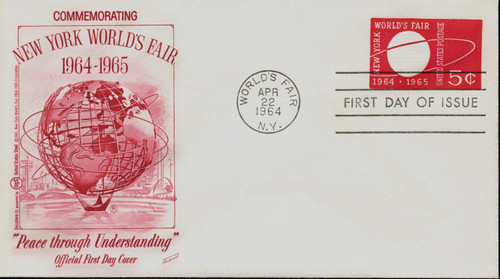
# U550 - 1965 5c Stamped Envelopes and Wrappers - bright purple
Stamped Envelopes
A stamped envelope or postal stationery envelope (PSE) is an envelope with a printed or embossed indicium indicating the prepayment of postage. It is a form of postal stationery, and a neat addition to any stamp collection.
Postal Act Of 1852
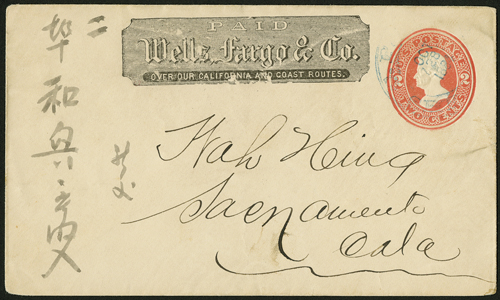
On August 31, 1852, the U.S. passed the Postal Act 1852, which required private express companies to use envelopes created by the Post Office.
Prior to the mid-1800s, few letters were sent in envelopes because postage was usually based on the number of sheets of paper and the distance traveled. So an envelope would have counted as another sheet and increased the price.
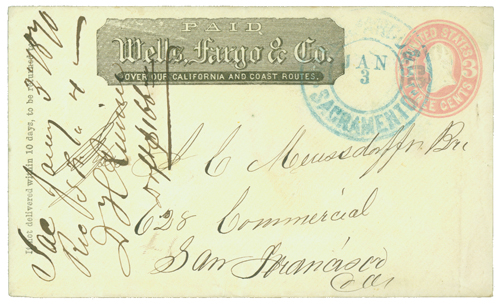
The use of envelopes increased after 1845 when postage was based on weight and distance alone and the number of sheets was no longer considered. However, around this time, private express companies also grew in popularity. The Post Office wanted a way to gain revenue from that mail, so they pushed for the Postal Act of August 31, 1852. This act allowed for letters to be “sent, conveyed and delivered otherwise than by post or mail,” as long as the postage was paid by the use of stamped envelopes.
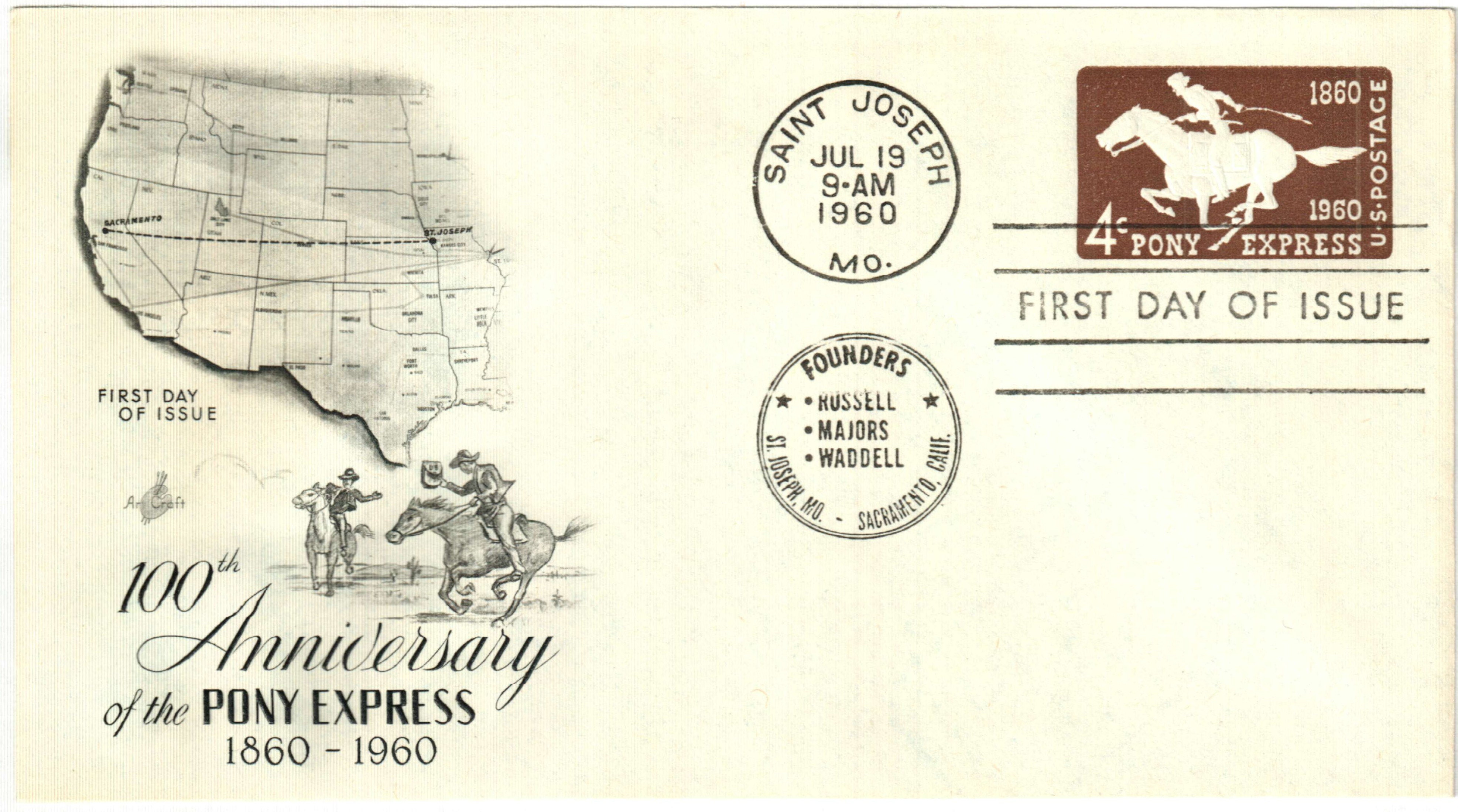
The act also stated that the envelopes “shall be duly sealed, or otherwise firmly and securely closed, so that such letter cannot be taken therefrom without tearing or destroying such envelope.” This was included to make sure that envelopes couldn’t be reused.
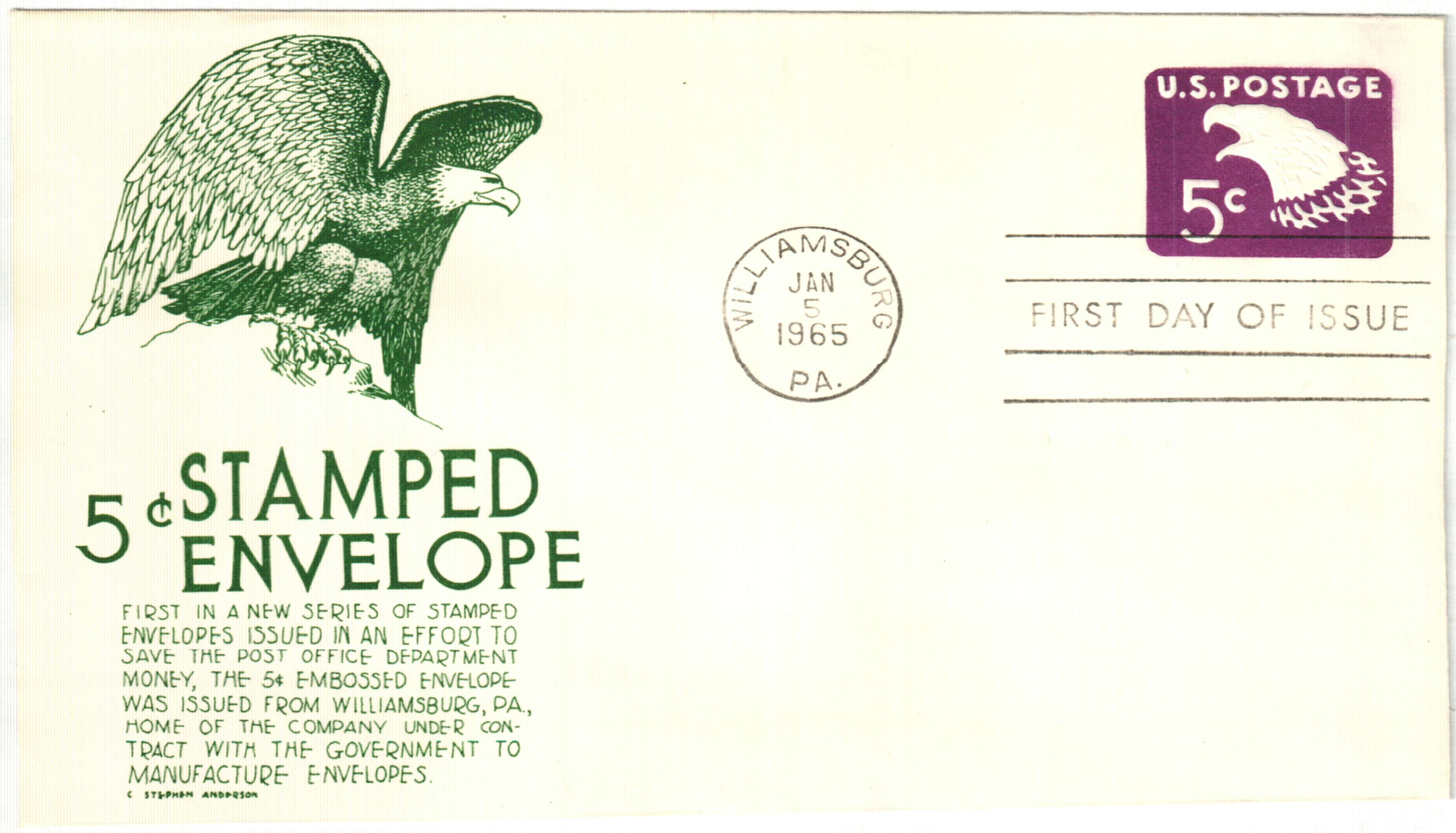
Private mail companies obliged and bought the envelopes and then had their own frank printed on them to be resold to their customers. The most well known of these are covers from Wells Fargo & Co.
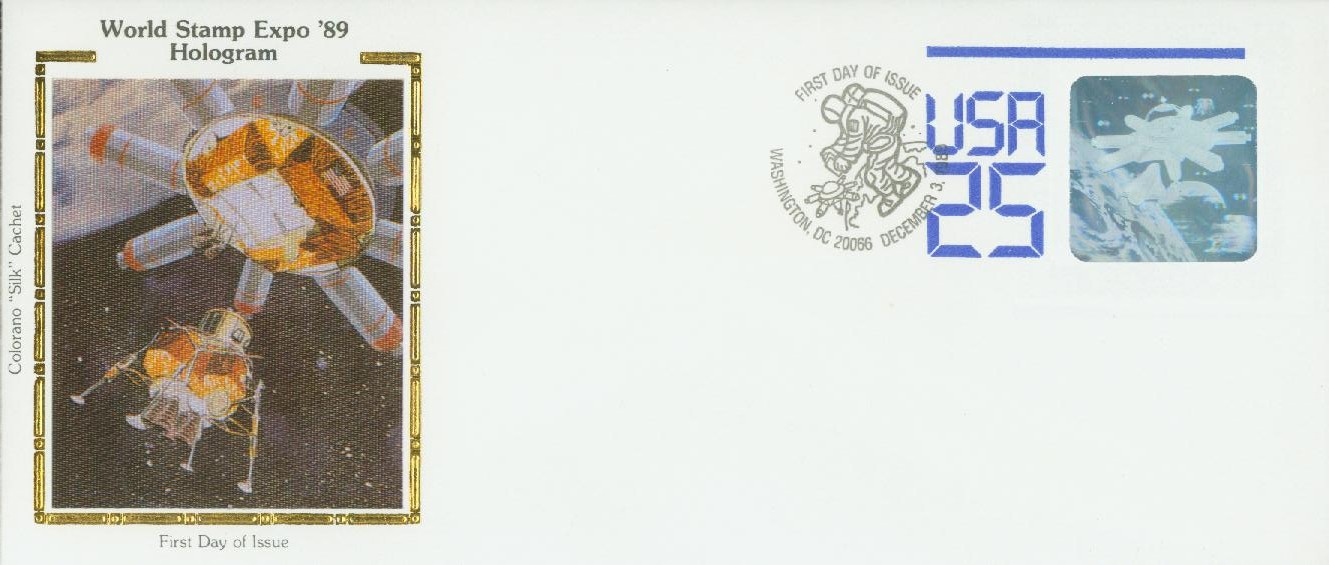
The first envelopes produced for this purpose were issued on July 1, 1853. The stamp printed on the envelope was based on the British Victoria envelope, with a bust in an oval and the denomination below it. To combat counterfeits, these envelopes were printed on watermarked paper and the stamps were embossed.

Much like U.S. stamps, most early stamped envelopes pictured the busts of famous leaders. The first commemorative stamp envelope came in 1876 to mark the American Centennial. Though it would be about a century before the USPS began issuing commemorative stamped covers on a regular basis.
Stamped Envelopes
A stamped envelope or postal stationery envelope (PSE) is an envelope with a printed or embossed indicium indicating the prepayment of postage. It is a form of postal stationery, and a neat addition to any stamp collection.
Postal Act Of 1852

On August 31, 1852, the U.S. passed the Postal Act 1852, which required private express companies to use envelopes created by the Post Office.
Prior to the mid-1800s, few letters were sent in envelopes because postage was usually based on the number of sheets of paper and the distance traveled. So an envelope would have counted as another sheet and increased the price.

The use of envelopes increased after 1845 when postage was based on weight and distance alone and the number of sheets was no longer considered. However, around this time, private express companies also grew in popularity. The Post Office wanted a way to gain revenue from that mail, so they pushed for the Postal Act of August 31, 1852. This act allowed for letters to be “sent, conveyed and delivered otherwise than by post or mail,” as long as the postage was paid by the use of stamped envelopes.

The act also stated that the envelopes “shall be duly sealed, or otherwise firmly and securely closed, so that such letter cannot be taken therefrom without tearing or destroying such envelope.” This was included to make sure that envelopes couldn’t be reused.

Private mail companies obliged and bought the envelopes and then had their own frank printed on them to be resold to their customers. The most well known of these are covers from Wells Fargo & Co.

The first envelopes produced for this purpose were issued on July 1, 1853. The stamp printed on the envelope was based on the British Victoria envelope, with a bust in an oval and the denomination below it. To combat counterfeits, these envelopes were printed on watermarked paper and the stamps were embossed.

Much like U.S. stamps, most early stamped envelopes pictured the busts of famous leaders. The first commemorative stamp envelope came in 1876 to mark the American Centennial. Though it would be about a century before the USPS began issuing commemorative stamped covers on a regular basis.








